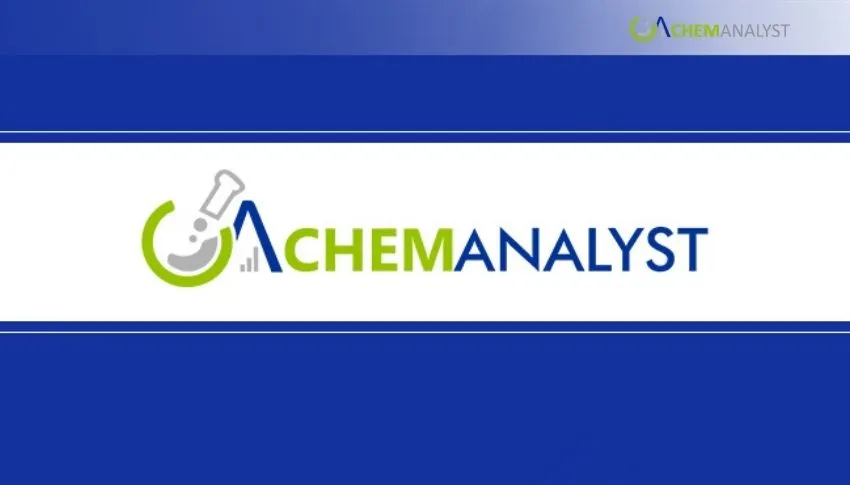Welcome To ChemAnalyst

Liquefied Petroleum Gas (LPG) is a versatile, high-energy, low-emission fuel used globally for cooking, heating, transportation, and petrochemical manufacturing. Understanding its journey, from natural gas wells and crude oil refineries to pressurized cylinders which helps industry players and policymakers assess cost structures, environmental footprints, and innovations in storage and distribution.
Introduction
LPG is mainly a mix of propane (C3H8) and butane (C4H10). It comes from two main sources: natural gas processing and crude oil refining. Because it burns cleanly and is easy to move, LPG is vital in areas without electricity grids, in vehicle fuel, and as a raw material in chemical plants.
Knowing how LPG is made matters because-
• It helps provide energy to the 3 billion people worldwide without grid access.
• It gives off less CO2 than coal or diesel when heating.
• It can grow with renewable versions like bioLPG.
Overview of the Production Process
LPG comes out of separating and refining fuels using steps like cooling, squeezing, and cleaning. The main stages are-
1. Gas separation – At gas plants, heavier gases (C3–C5) are taken out using cold distillation or absorption.
2. Refinery recovery – At oil refineries, LPG is taken out during distillation and cracking processes.
3. Dehydration and sweetening – Water, H2S, and CO2 are removed to make it clean for use.
4. Storage and bottling — LPG is turned into a liquid at around 8 bar pressure and stored in cylinders, tanks, or specialized ships.
About 40% of LPG comes from refineries, and 60% from gas processing.
Raw Materials and Input Requirements
Primary Feedstocks-
• Natural gas (with 3–12% propane/butane)
• Crude oil (processed in distillation and cracking units)
Additives and Utilities-
• Amine solutions: remove sulfur gases
• Drying agents: glycol or molecular sieves
• Refrigerant units: chillers or expanders for cooling during separation
Purity Standards-
• Must be over 90% propane/butane, under 0.005% sulfur (ISO 9162)
• Less than 50 ppm water to prevent rust or solidifying
Emerging Inputs-
• Biogas, bio-oil, and pyrolysis liquids are starting to be used as renewable LPG sources, especially in the EU and Japan
Major Production Routes
Regional Preferences-
• The Middle East and the USA lead in gas-based LPG from shale and associated gas.
• India, Japan, and the EU rely on imports and refinery production.
• Scandinavia: testing bioLPG made from plants and tall oil
Natural gas processing
Refinery production
Equipment and Technology Used
Separation and Compression Units-
• Turbo-expanders and JT valves for cryogenic NGL separation.
• Absorber-strippers with lean oil or glycol for heavier hydrocarbon extraction.
• Amine contactors (DEA/MDEA) for H2S and CO2 removal.
Storage and Distribution-
• Spherical or bullet tanks are designed for 17–20 bar pressure at ambient temperatures.
• Filling carousels for high-speed bottling; integrated leak and weight checks.
• Vaporizers in industrial setups to re-gasify LPG for downstream use.
Automation and Control-
• SCADA systems for cylinder traceability, leak detection, and level monitoring.
• IoT-enabled smart meters in domestic LPG connections (India’s Ujjwala 2.0 initiative) to curb pilferage and ensure refill tracking.
Environmental and Safety Considerations
Emissions-
• LPG burns cleaner than diesel or coal, emitting ~81% less CO2 per kWh than coal.
• Leakage during transfer and venting poses risks; modern plants use vapor recovery units (VRU) to capture fugitive emissions.
Waste Streams-
• Spent amine and glycol require treatment before disposal.
• LPG cylinders that fail hydro-tests must be scrapped or recycled under metallurgical supervision.
Safety-
• LPG is highly flammable (GHS Flammable Gas Category 1); storage facilities require fireproofing, emergency vent stacks, and gas detectors.
• Colorless and odorless by default, ethyl mercaptan is added for leak detection.
Regulations-
• Under OSHA 29 CFR 1910.110 and NFPA 58, strict rules govern storage, transport, and cylinder handling.
• In the EU, EN 589 governs LPG quality for automotive use, while REACH regulations cover substance registration and safety data.
Conclusion and Future Innovations
LPG continues to evolve, moving from fossil-heavy to bio-sourced and circular-economy models. Advanced technologies like membrane separation, hybrid refrigeration systems, and renewable-solar liquefaction are being explored to make LPG greener. For instance:
• Neste and SHV Energy are scaling BioLPG plants in Europe, targeting >40,000 tonnes/year by 2026.
• Plastic-to-LPG pyrolysis units in South Korea and the Netherlands now recover 60–70% of waste plastic as LPG-range hydrocarbons.
• Hydrogen blending into LPG pipelines is under test to create hybrid fuels for heating and transport.
As the world moves toward net-zero, multi-feedstock LPG hubs capable of processing gas, oil, bio-feedstock, and plastic waste will shape the next era of clean, flexible, and affordable energy.
We use cookies to deliver the best possible experience on our website. To learn more, visit our Privacy Policy. By continuing to use this site or by closing this box, you consent to our use of cookies. More info.
